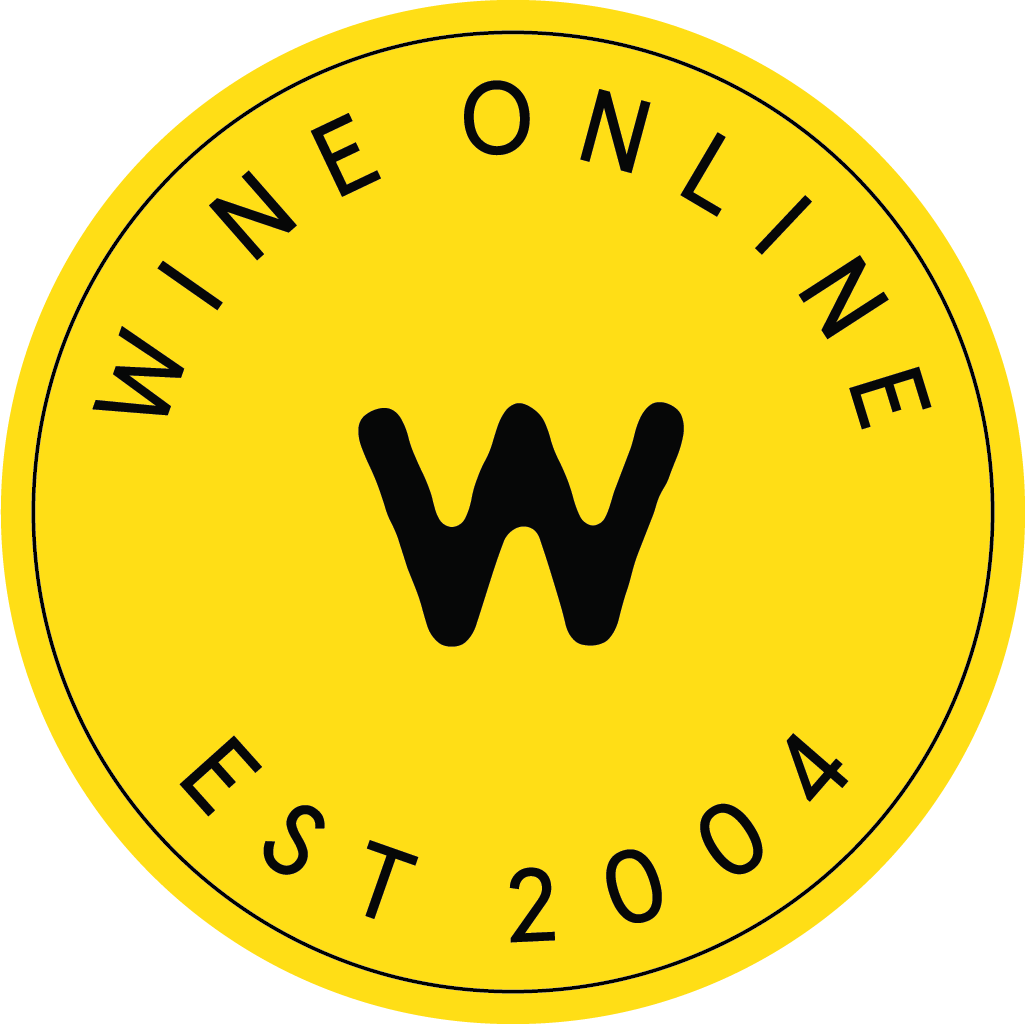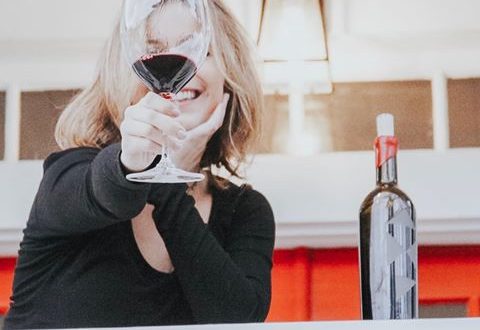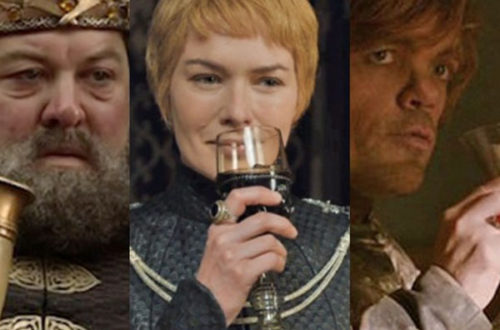The Man Behind Bordeaux’s Most Expensive Wine
As his wines’ prices skyrocket, Loïc Pasquet speaks to Remi Marty about where Bordeaux has gone wrong.
Last week, Liber Pater’s Loïc Pasquet announced that the release price of his 2015 wine would be a whopping $34,000, raising eyebrows around the wine world.
Pasquet is a man of convictions. He was charged with breaking Bordeaux’s winemaking laws, but he successfully fought that charge and passionately believes that terroir is the only way Bordeaux can save its own soul.
He spoke exclusively to Wine-Searcher in a wide-ranging interview covering everything from his battles with officialdom to how Robert Parker essentially invented Bordeaux as we know it today.
People might say you are crazy to set the price for your new vintage so high.
We managed to find the pre-phylloxeric taste, using ungrafted vines and cultural techniques of that time. Great collectors want to taste the wine as it was before 1855. In a bottle now, what is left that is truly of 1855 ? Nothing. The grapes are different, cultural technique too, density as well, grafted vines… everything. There’s a true difference between ungrafted and grafted vines. Literature says that the taste changed after the phylloxera. People were saying “buy the remaining ungrafted vines because French wine will disappear”. People knew that with grafting, they’d lose the taste of wine. That’s what we did – plant ungrafted vines, where terroir commands. We reunited grape varieties and terroir, Cabernet Sauvignon on deep gravel, Petit Verdot on palus [low, often marshy, alluvial soils]. When you do that, you re-discover the taste of fine wine. It’s completely different from today’s wines. There is the same difference as between a 2CV Citroën and a Ferrari, if you like.
What’s crazy is that nobody talks about that.
Sure, this omerta favors everybody. Because if tomorrow you say that ungrafted vines are better than grafted vines, suddenly everything collapses. I’ll send you the book “Le goût retrouvé du vin de Bordeaux”. People were saying that they had lost the taste of fine wine. Many examples show this. For instance, in 1936, Baron de Rothschild was saying “the best thing I did was not to graft my vines”. Researchers were saying that grafted wines were ready sooner but did not last, while ungrafted vines produced wines that had to be waited for, and lasted much longer. And it’s incredible we’ve lost that.
What makes your wines unique is your quest for the pre-phylloxera taste. But it also means that you have many people against you.
We are more expensive than First Growths. We use grape varieties that they have stopped using, such as Tarnay Coulant. In 1855, Château d’Issan was 100-percent Tarnay Coulant; it was so good that it was called the “ruby of Issan”. We plant at 20,000 vines per hectare, as it was before. Nowadays, it’s 5-10,000 in general. We plant ungrafted varieties on soils that gave birth to them. When you do that, you re-discover the pre-phylloxeric taste – 2000 years of history in Bordeaux. Others are now building an industrial taste, a flavor profile. I’m not saying it’s better or worse, that’s not my business. But, you know, there are two ways to produce a wine, it’s crucial to understand that.
Can you explain that a little more?
You can make a wine with the typicity of the grape variety: 80 percent Merlot because it’s round, fat, alcoholic; and then you want some structure, so you add 20 percent Cabernet Sauvignon. You think the grape is more important than the terroir, but that’s a negation of the terroir. The grafted vine allows that: any grape on any terroir, you just have to adapt the rootstock. But there’s another way of making wine – the one I adopted, the way it was made before phylloxera. You plant the grape on the terroir to which it is best suited and, after that, the terroir decides, not you.
We replanted 14 grape varieties because we have 14 terroirs, and when you do that the wine does not reflect the taste of the grape, but that of the terroir – the grape variety is a fuse. When people taste our Cabernet or our Petit Verdot, nobody recognizes them. We give back the expression of the place, not of the grape, and that’s what people want now.
In terms of grape varieties, we have Cabernet Sauvignon – called Petite Vidure at the time – Petit Verdot, Castets, a well-spread variety at the time, and Tarnay, which was the most planted grape on the Left Bank in 1855. It’s so old we don’t know its parents; like the Pardotte – a very primitive variety compared to the Cabernet Sauvignon, which was created only 300 years ago and arrived in Bordeaux in the late 18th Century. The great growths of 1855 had Tarnay, Carménère, Malbec, but very little Cabernet Sauvignon. Taste is a cultural heritage, it can’t be ruled by industry; it’s 8000 years old in Europe, and we can’t sacrifice 8000 years to the industry.
So now you’re in a position where you question even the institutions that are supposed to preserve, protect that terroir, the INAO, the CIVB etc.
Yes, the INAO sued us three years ago, but we won on appeal. INAO attacked me saying I wasn’t respecting planting densities. I showed that I did, and they lost. And now they are fighting over the height of the grass in the vineyard! Just see where we’ve come to. With the specification today, they want to produce typical wines with a typical taste: Merlot must produce the same taste, no matter the terroir, either clay-limestone or gravel. This can’t be so, it’s only possible if it’s industrially made. That’s the reason I’m fighting. You know, you could tell me “just mind your own business”, but I won’t, because I want to leave something else to my daughters. It’s the same with cheese. Now you can produce Camembert with pasteurized milk, AOC Salers cheese with 20 percent milk from Normandy cows, not Salers cows. It’s a shame.
And isn’t it possible to use a small percentage of another vintage in a difficult vintage?
Yes and it’s not normal; a château can buy grapes from a neighbor and sell the resulting wines as his. This can’t work. We are complaining that we are going through difficult times, that Bordeaux is going through difficult times. That’s what happens if you take the client for a fool.
If you’re the only one running this fight against institutions and other producers, where do you find the energy to keep fighting?
I have the conviction that wine is a cultural good and we have to keep it like that. I may have issues in Bordeaux but my friends are in Burgundy and Loire. I keep fighting because it’s a true fight. I have many supporters, journalists, wine growers … not so many in Bordeaux because I challenge a production-driven, state-industrialized system, and I’m saying wine from terroir is better. But history is proving me right because stocks in Bordeaux have never been as high. Meanwhile, Burgundy is doing very well because it communicates about its sense of place, and Bordeaux produces industrial wine.
Many châteaux come to see me now – classed growths who have been trying ungrafted vines of old grapes for the past five to six years – so that’s positive. Tarnay, Castets, Pardotte, Cabernet Goudave, Gros Cabernet are historical grapes that made the taste of Bordeaux but are now forbidden by the INAO. It’s a nonsense. You know, I can’t act on plastic use, or on hunger in the world; I don’t have the means, it’s not my job. But I can act on the rescue of biodiversity in the vineyard.
But aren’t there risks in planting ungrafted vines?
No because where I have my vines there were ungrafted vines before. We are on the anticlinal fold on the Left Bank, the oldest geological zone of Bordeaux which is 50 million years old, whereas the main part of Bordeaux is only 2-4 million years old. Gravel accumulated there for 40 million years and when it collapsed it sent the stones through Pessac and Médoc. We are at 90 meters above sea level, Pessac at 40m and Médoc at 0-10m. The further away from the pressure of the river, the less the stones move, the lower the dunes. At this geological point, there is a top layer of gravels, and sand below – aeolian sands which came from the sea with the wind, which are around 20cm deep. This is a natural protection against phylloxera because it cannot dig holes to spread, because the sand falls back when you dig.
It’s the birthplace of the first Roman vineyards in the region. I found traces from the 15th Century showing there were vines here, belonging to Saint Jeanne de Lestonnac, the niece of the French Renaissance philosopher Montaigne. It’s not only a question of price, the vineyard has a history. With great names like La Romanée, Leroy, De Villaine, the wines are reaching prices and fame just like art works, it’s no longer just a drink. Great collectors want exclusive things with a story; it’s essential.
As for your 2015, is it sold already?
Yes, we already sold a great part of it, but we keep some. You know my daughter was born in 2015 so I keep some for her and she’ll do what she wants with it.
Remind me how many bottles for 2015?
About 550 bottles.
Can you tell me more about the technique?
Vinified in amphora, then two months maceration, 2.5 years aging, 100-percent ungrafted native grapes, as it was grown and vinified before, low-temperature fermentations, no control, indigenous yeast. We harvested at night, destemming, crushing. Then one week in amphora, the temperature rises, after a week or so it reaches 19°C, fermentation starts, indigenous yeasts work for a week to 10 days, and then we let it macerate for two months.
In the same amphorae?
Yes, no racking, we leave everything in place, skins, pips, we seal the amphora and wait for two months. Then we drain the tanks and we put the wine back in the amphorae, with the lees. We seal again and we leave it for 2.5 years. And we don’t do much, we just leave it like that.
No wood?
Well, yes the 2015 still had 15 percent oak barrels, but the 2018, none.
Why without wood, what was your thinking?
It’s simple. If you like, the wood helps for grafted vines with tannins that are not fine. Wood gives a patina, softens the tannins. But ungrafted vines have elegant tannins, so fine we don’t need it. Wood hides the terroir. It brings vanilla, coffee, chocolate, tannins, but those flavors are not from the place, not from the terroir.
So you give barrels up. What was the use of the wood before 1855?
Before phylloxera, wood was only a container for wines – old barrels and casks would not provide any exogenous flavor. It was only a way to transport the wine. Wood really appeared with Parker.
How so?
It’s simple. In Europe, different people had different tastes. It’s in 16th-Century literature: the French like an acid taste, the Italians like bitterness, Eastern countries like sweetness and Anglo-Saxons – English and German people – prefer fat. Same thing today. Parker came, he was talented, he changed things. He said: “I like alcoholic, fat sweet full-bodied wines – I’m an American, I like that.” In the ’80s the only way to sell wines was via buying guides and ratings. I don’t know how old you are, but I had internet when I was 20 years old. Owners of châteaux in difficulties in the late ’80s saw this guy who was saying he’d push the wines in the USA, so they produced the wines that he would like. But again, the issue is not Parker; he had the right to say he liked this or that.
Then Merlot arrived massively, the only grape that reaches over-maturity and provides sweetness and alcohol, with wood for vanilla and sweetness. The issue is not the critic, but the producer who accepts to lose the fine wine taste to build full-bodied wines based on the grape variety’s characteristics. And in some vineyards, they pulled up century-old vines to plant Merlot. Before Parker, cooperages were dying. Remember, there was a 200-percent barrel trend for a while, which is hysterical. The drama is that Bordeaux has the terroirs, has the wine culture to produce fine wines, but it is also a commercial place, with the capacity to produce wines for a specific taste too, far from the terroir.
And what’s your relationship to that wine trade?
Well some 30 percent of my sales are through the wine trade. I have very good relations with them.
I’m telling you, things are calming down. More château owners come to see us. Young wine producers come to see us, like the Graves producer Château Cazebonne, to whom we gave plants. They’ll produce bottles sold for €20-25 ($22.50-28). That’s alright, producing AOC wine to democratize old grape varieties. Fifteen years ago I was helped by a man who gave me plants. He took a big risk because it was illegal to do so.
So you are in some way passing on the baton.
Of course, I’d love to see a Margaux and Issan made from 100-percent Tarnay, finding back the expression of the terroir, the characteristics of the place and producing fine wines. Now all Bordeaux wines taste the same, from the tip of the Médoc to Langon and Saint-Émillion. It’s a nonsense to keep these grapes to myself, I must transmit this.
That must put you in opposition to “official” Bordeaux?
As I’m telling everybody that the taste of Bordeaux wine has changed, you can imagine that it does not please everybody in Bordeaux.
Content retrieved from: https://www.wine-searcher.com/m/2019/07/the-man-behind-bordeaux-s-most-expensive-wine.





